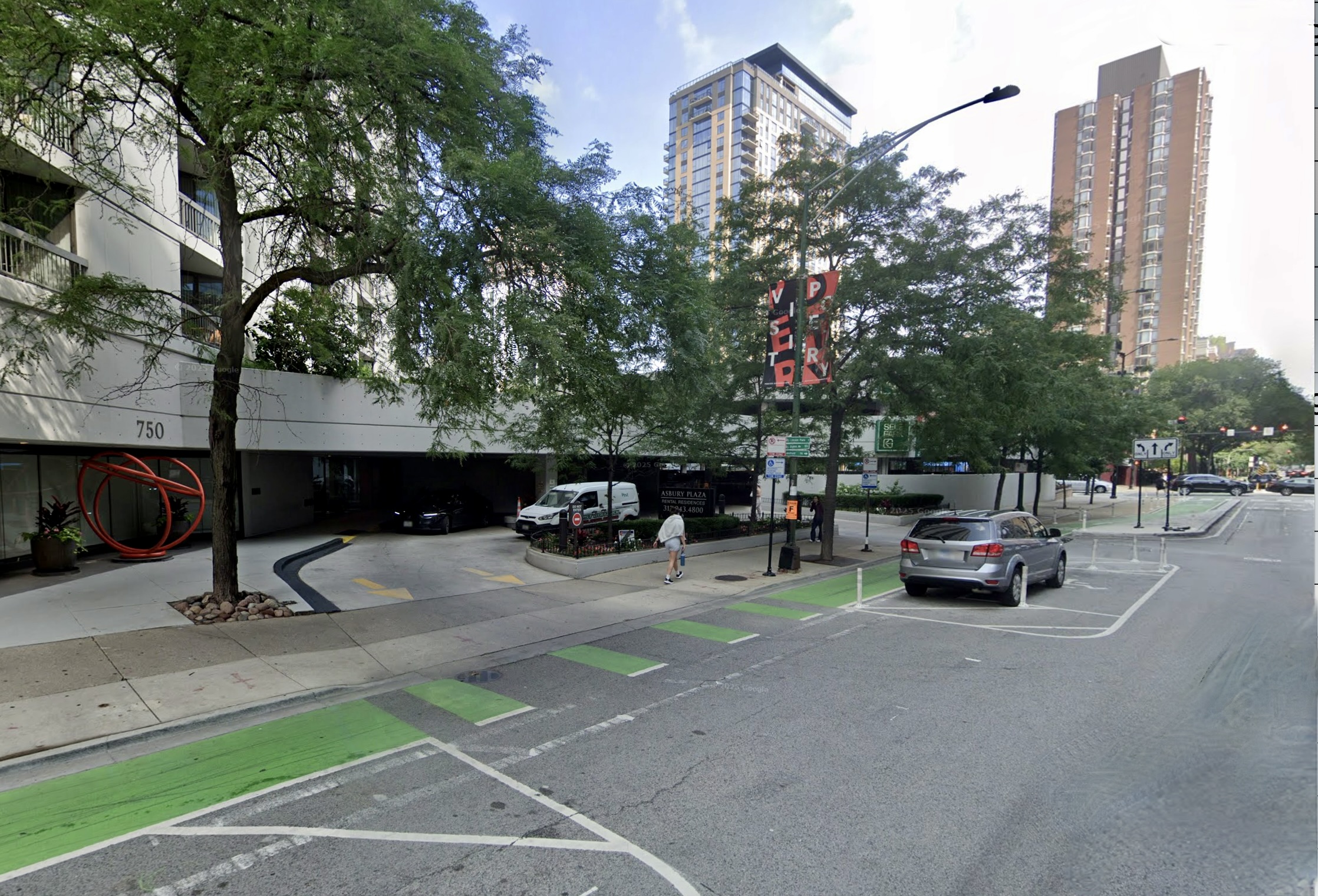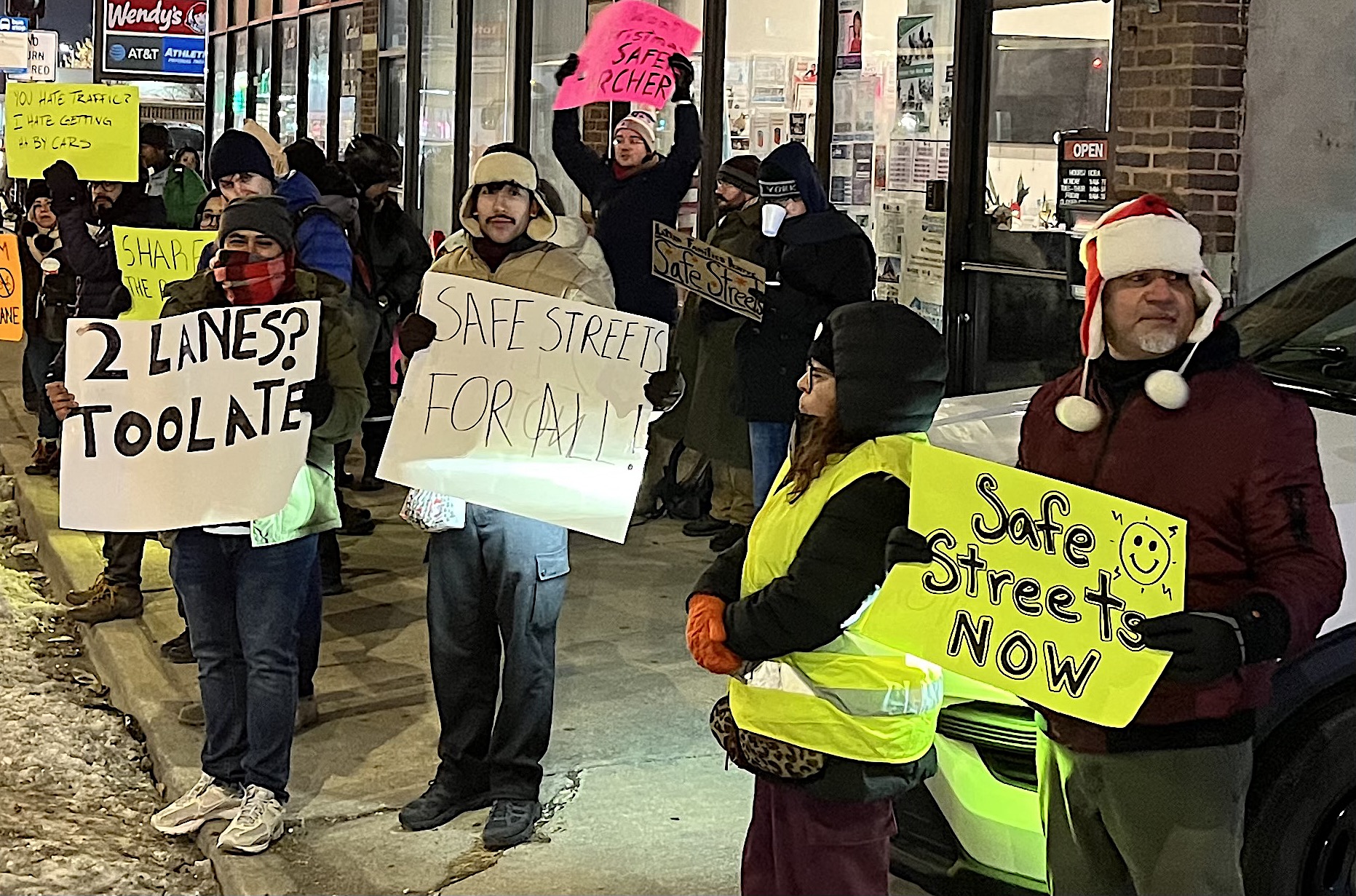Here's a snapshot of what's happening around the Streetsblog Network today:
Evidence That Bus Rapid Transit Boosts Development: What is the impact of bus rapid transit on the value of surrounding land? Can BRT help boost development like rail transportation does? David Levinson at Streets.mn offers a review of the research. In some parts of the world, high-quality bus-rapid-transit systems have been shown to increase property values as much as 25 percent. Some other studies have shown that prices tend to drop off rather quickly as walking distance from the transit service decreases. Levinson concludes that the important thing isn't the mode of transportation, it's convenience. "A transportation system that adds to accessibility in a significant way warrants a premium in the prices people are willing to pay to take advantage of it," he says. (Streetsblog Chicago shared preliminary research on this same topic from the Institute for Transportation and Development Policy earlier this week.)
When Congestion Becomes a Problem for Subway Riders: Oh, the resources devoted to battling congestion around the United States. If only transit crowding invoked the same sense of urgency, writes Stephen Crim at Greater Greater Washington. Crim, like a growing number of people in the DC region, mostly leaves his car at home, and he's noticing an uptick in crowded Metro platforms and lengthy queues on protected bike lanes.
All those train and bike trips are good news for the efficiency of the transportation network. But Crim says we should also talk about congestion from a multi-modal perspective. "[W]e must expand our horizons, and work to relieve congestion across all modes in the transportation network," he writes. "If we do this, we can improve the commutes of the many individuals who, either by choice or by force of circumstances, do not drive."
Ambitious Trail Plans Indianapolis: The city of Indianapolis is planning a comprehensive system of trails and greenways that will connect the city's downtown with outer neighborhoods and outer neighborhoods with each other. The plan is the work of the Indy Greenways Foundation, which has been working on developing active connections between urban neighborhoods in the city for 22 years. "It’s a comprehensive," said Urban Indy blogger Scott Russell of the organization's new master plan, "and there is a LOT to get excited about."





